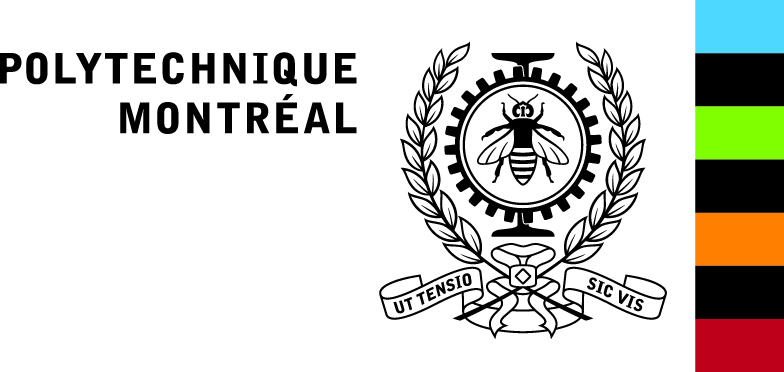



Version5 is a 64-bit clean distribution of the reactor physics codes developed at École Polytechnique de Montréal.[1, 2] Release 5.0.1 is iso-functional with Version4 distribution at release 4.1.0. The Ganlib5 kernel is mostly programmed in ANSI-C language and the computational modules are programmed in Fortran 2003. An introduction of reactor physics is presented in Ref. [3]. Other frequently asked questions are answered in our faq page.
The Version5 distribution includes the following code components:
NXT: module (new-generation Excell tracking in Cartesian and hexagonal geometry)
USS: module based on the subgroup equations
FLU: (for space-dependent diffusion coefficient calculations)
NXT:-based geometries
FLU:
G2S: and SALT: modules for representing and tracking geometries with a general 2D surfacic model.
Version5 is compatible with Unix boxes (including Linux, Cygwin and MacOSX) and lambda PCs. To compile Version5, you need a Fortran-2003
compliant compiler. To compile on Cygwin, you must use the -m32 flag of install script.
Ganlib5 developer's guide (PDF)
Dragon5 user's guide (PDF)
Trivac5 user's guide (PDF)
Donjon5 user's guide (PDF)
Dragon/Trivac object structure guide (PDF)
CLE-2000 tutorial (PDF)
NXT module theory guide (geometry numbering) (PDF)
Open-source Draglibs in XMAS or SHEM binary formats. If you want to download such a multigroup cross-section library in Draglib format, please go here.
Open-source Wimslib libraries from the WLUP project. Theese libraries are distributed in ascii format. To convert them to binary, you have to use the willie utility, available in for.src.
Version5 beta archive. To expand the archive, type "tar xvfz version5_v5.0.1.tgz".
| tagged version 5.0.1 | tgz | 2014/12/17 | |
| tagged version 5.0.2 | tgz | 2016/02/02 | what's new |
| tagged version 5.0.3 | tgz | 2017/02/24 | what's new |
| tagged version 5.0.4 | tgz | 2018/04/22 | what's new |
| tagged version 5.0.5 | tgz | 2019/01/18 | what's new |
| tagged version 5.0.6 | tgz | 2020/02/01 | what's new |
| tagged version 5.0.71 | tgz | 2021/02/02 | what's new |
| tagged version 5.0.8 | tgz | 2022/04/20 | what's new |
| tagged version 5.0.9 | tgz | 2023/02/01 | what's new |
| tagged version 5.0.102 | tgz | 2024/03/06 | what's new |
| tagged version 5.0.113 | tgz | 2025/04/13 | what's new | tagged version 5.0.124 | tgz | 2025/09/05 | what's new |
A minimal set of library files for running the non-regression tests can be found on the following tgz link. After expansion, the directory libraries_nr should be renamed as libraries and placed in the same branch as Version5_evxxxx root.
Version5.1 production archive. To expand the archive, type "tar xvfz version5_v5.1.tgz".
| tagged version 5.1.0 | tgz | 2025/09/07 (initial release) |
Dragon 5.1 can be downloaded directly from GitLab using the following command:
To update to the latest version:
Official 5.1 cross-section libraries are kept using git-lfs on GitLab. Directories 5.1 and libraries should be at the same level. The latter can be downloaded directly using the following command:
To update to the latest version:
If you need an alpha or beta development version set between two tagged versions, please go here.
On the other hand, if a modification or improvement is made on an existing component of Version5, this increment is covered by the LGPL and should be return to Corporation de l'École Polytechnique de Montréal.
Corporation de l'École Polytechnique de Montréal disclaims all warranties, representations and conditions, express, implied, statutory or otherwise, including without limitation, any warranty or condition of merchantability, merchantable quality, or fitness for a particular purpose, or arising from a course or dealing, usage or trade practice. In particular, Corporation de l'École Polytechnique de Montréal does not warrant or represent that the software will operate uninterrupted or error free or that defects in the software are correctable or will be corrected.
Version5 is owned by: École Polytechnique de
Montréal
For more information contact: Alain
Hébert